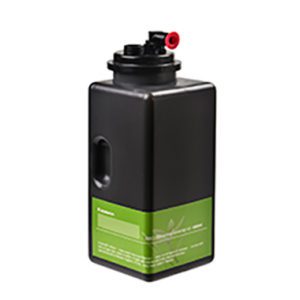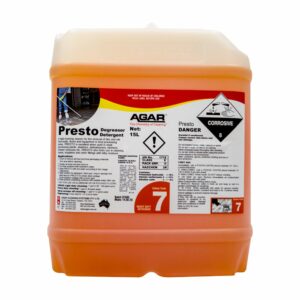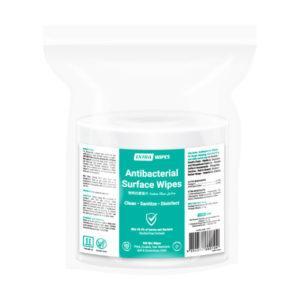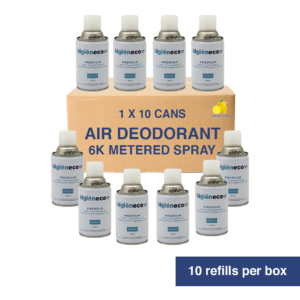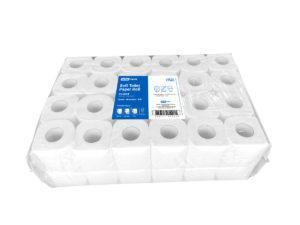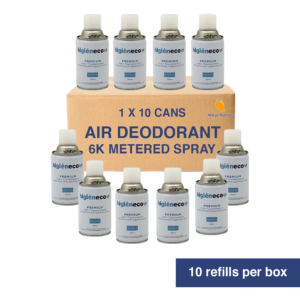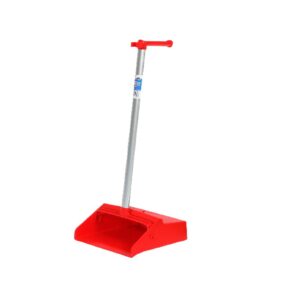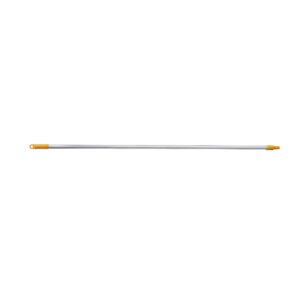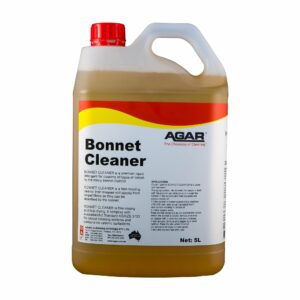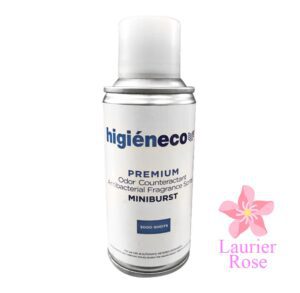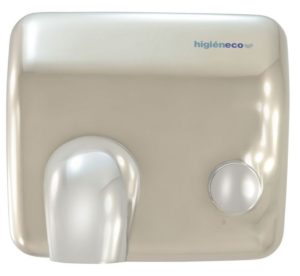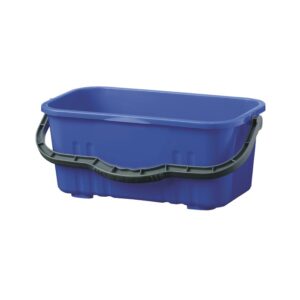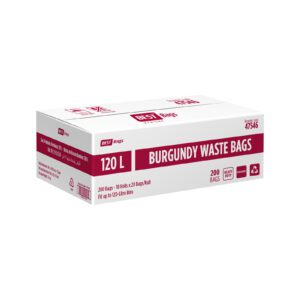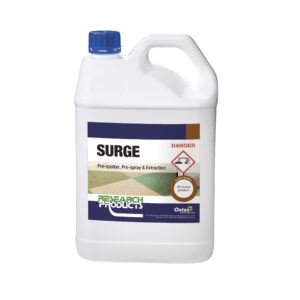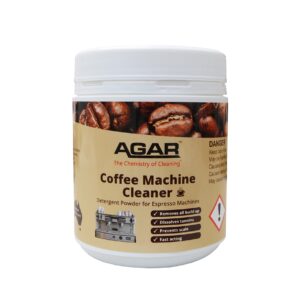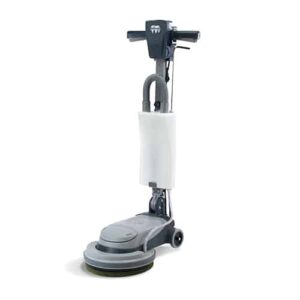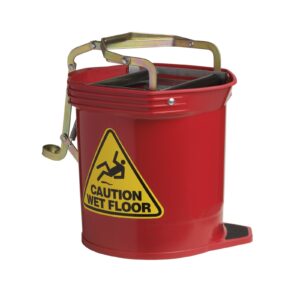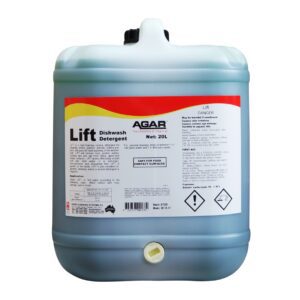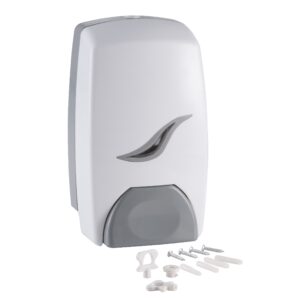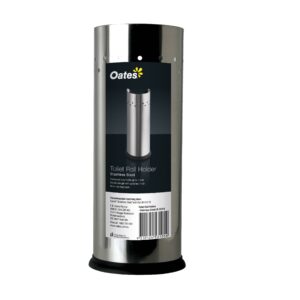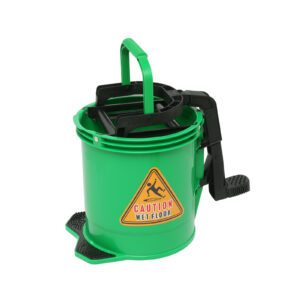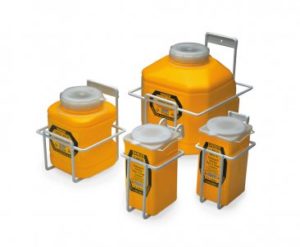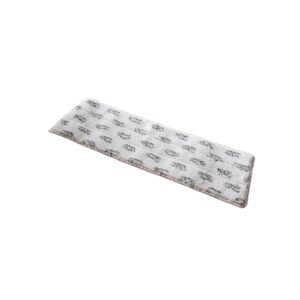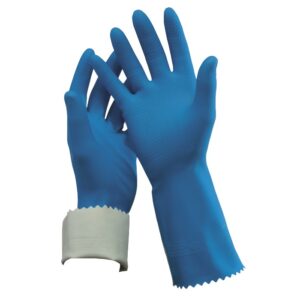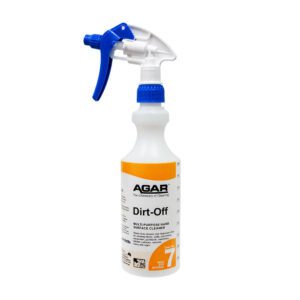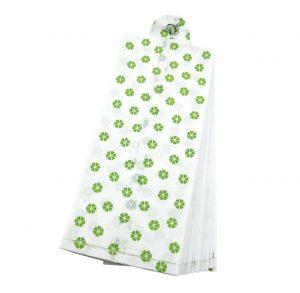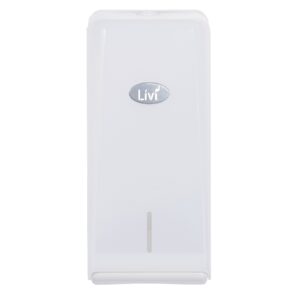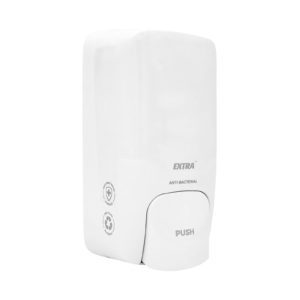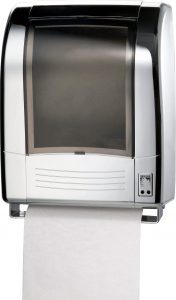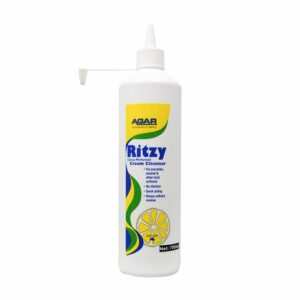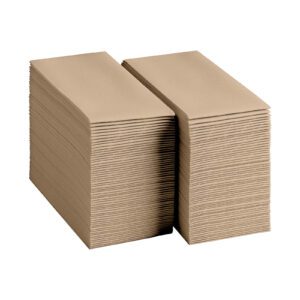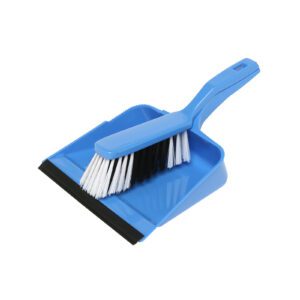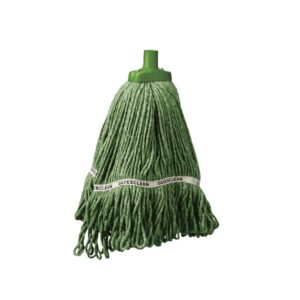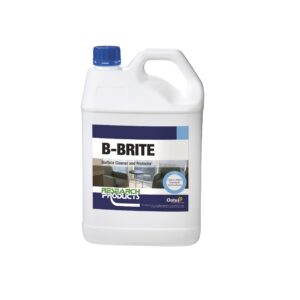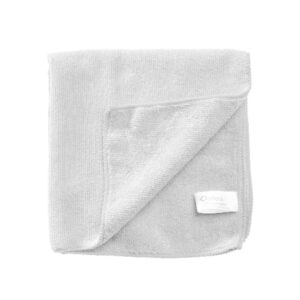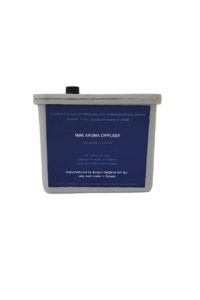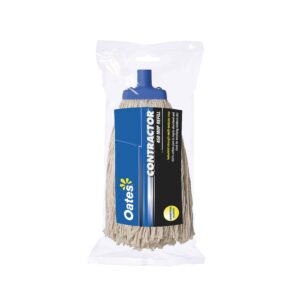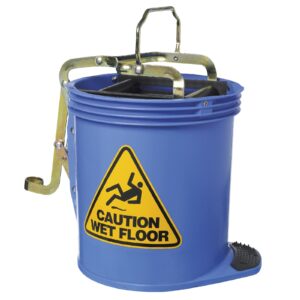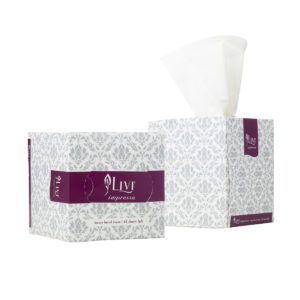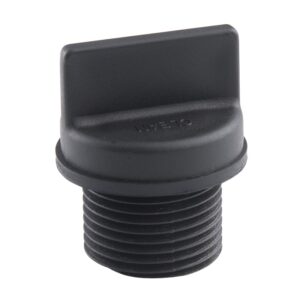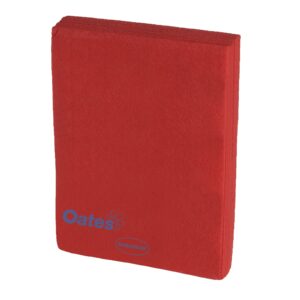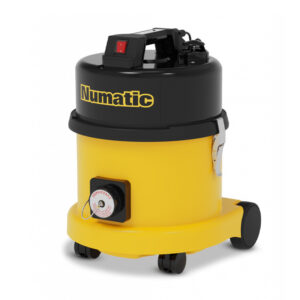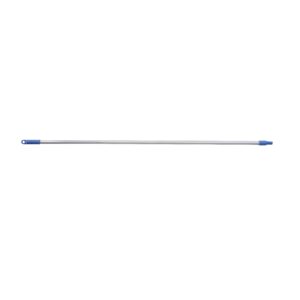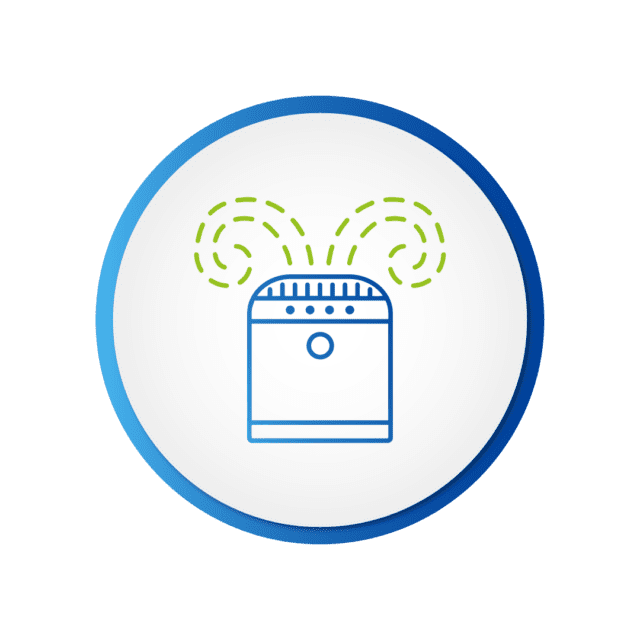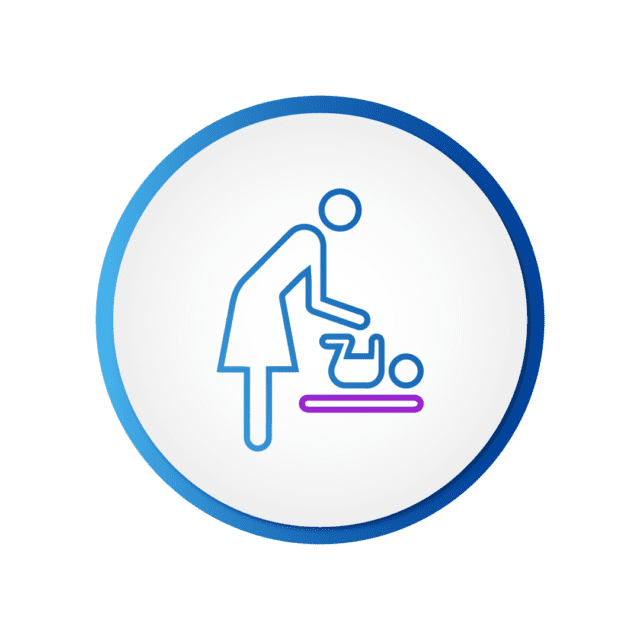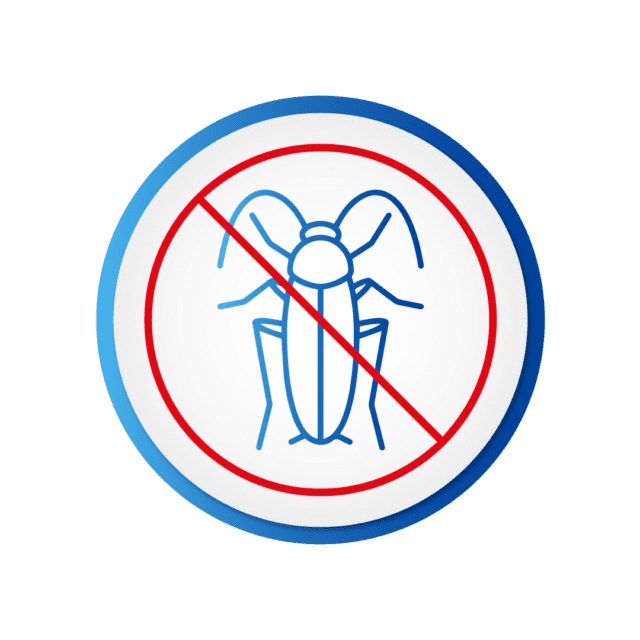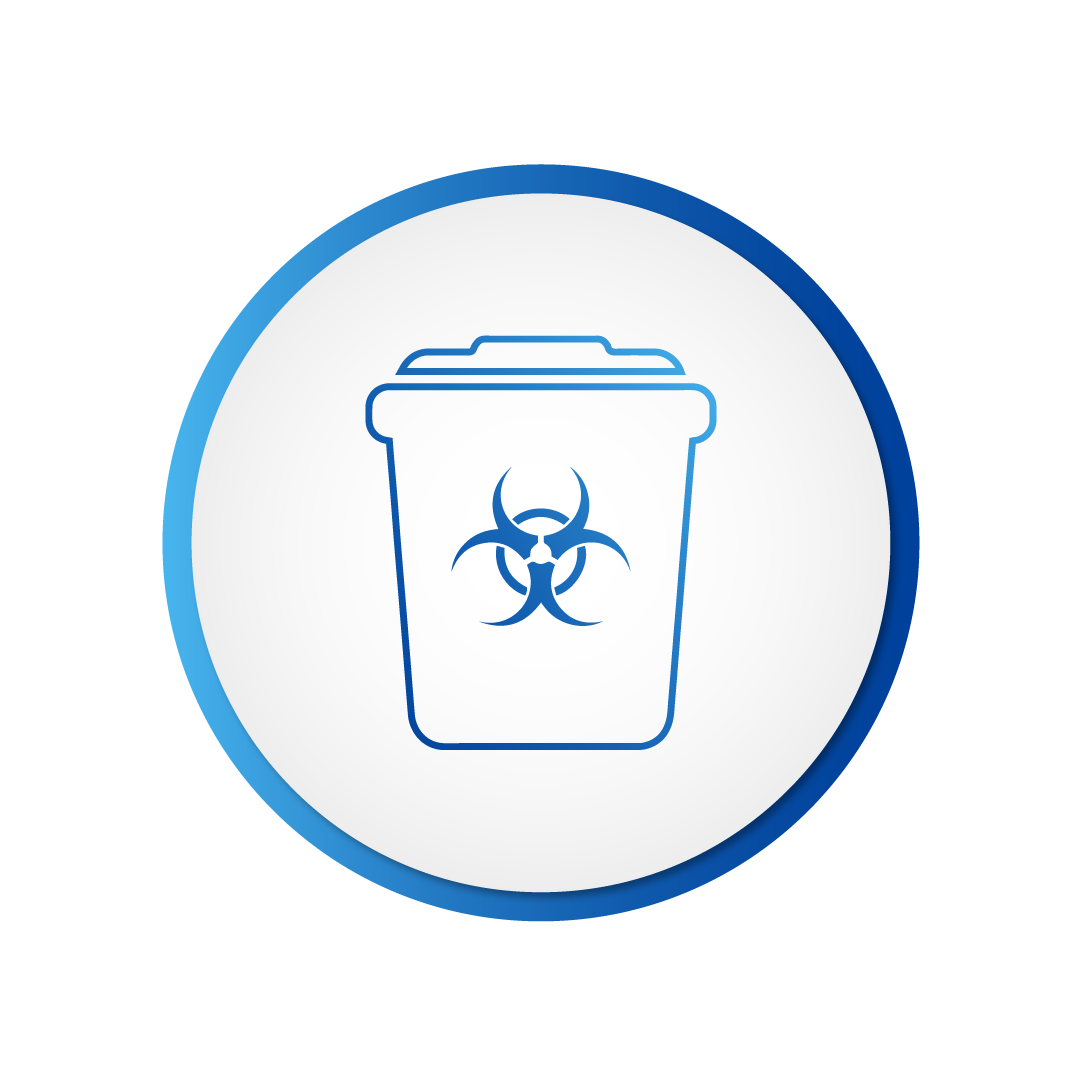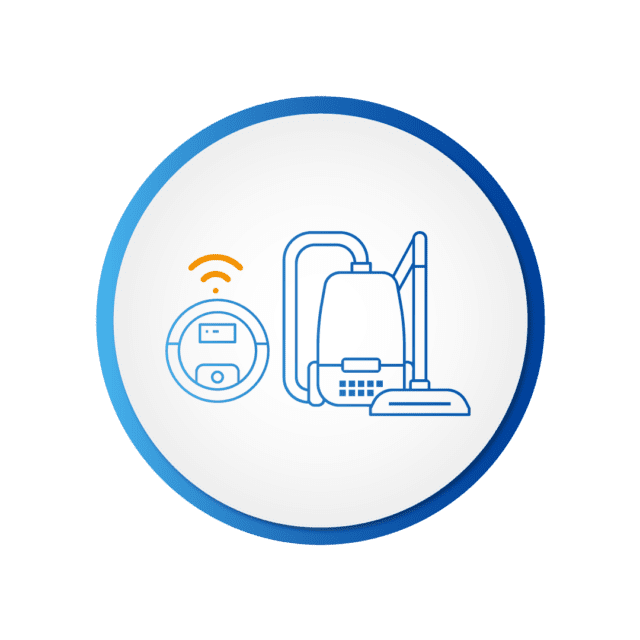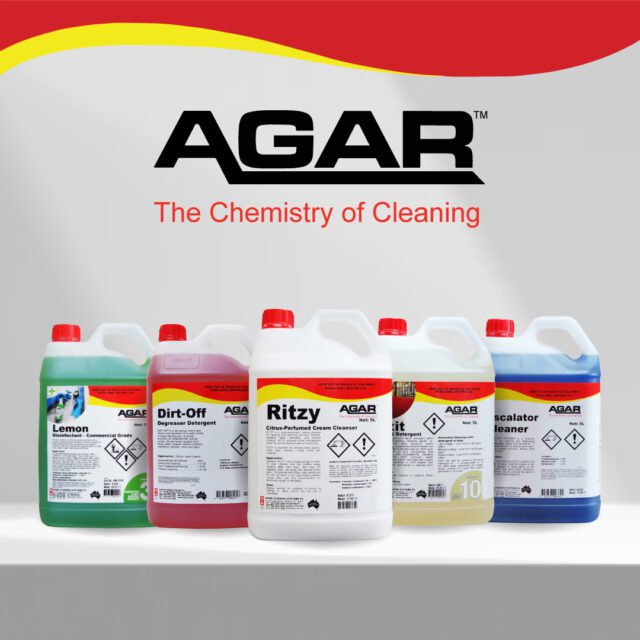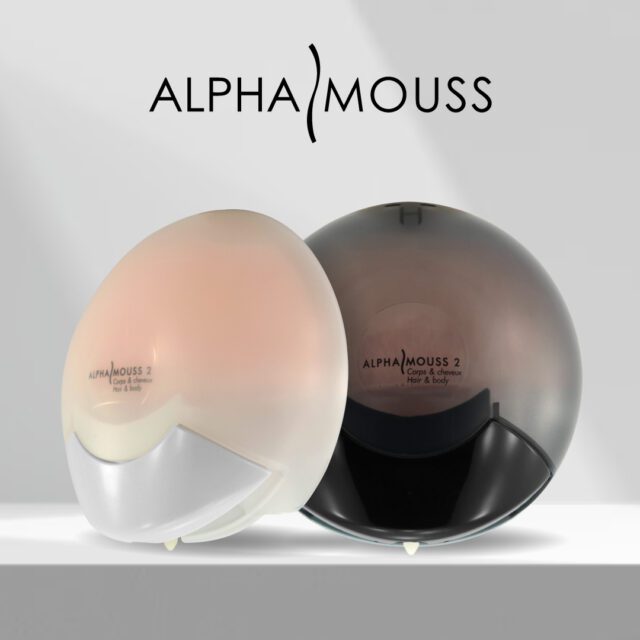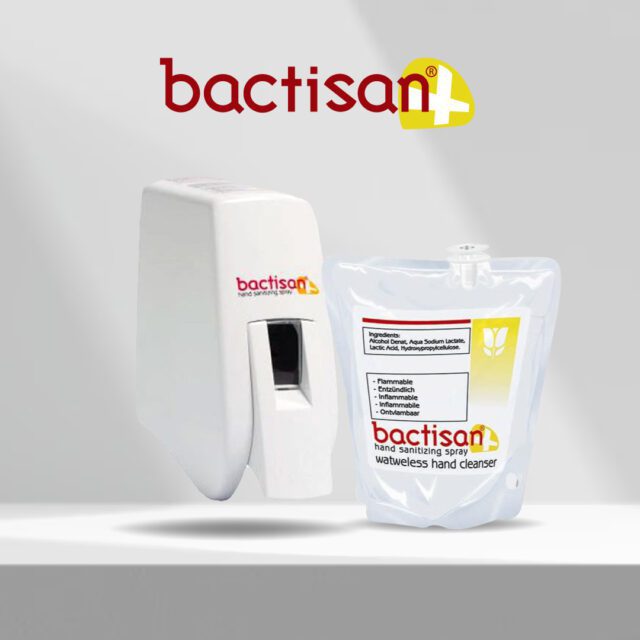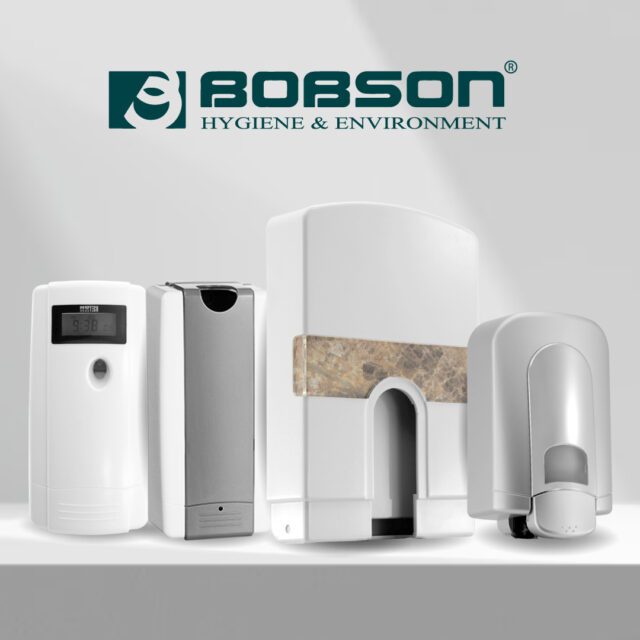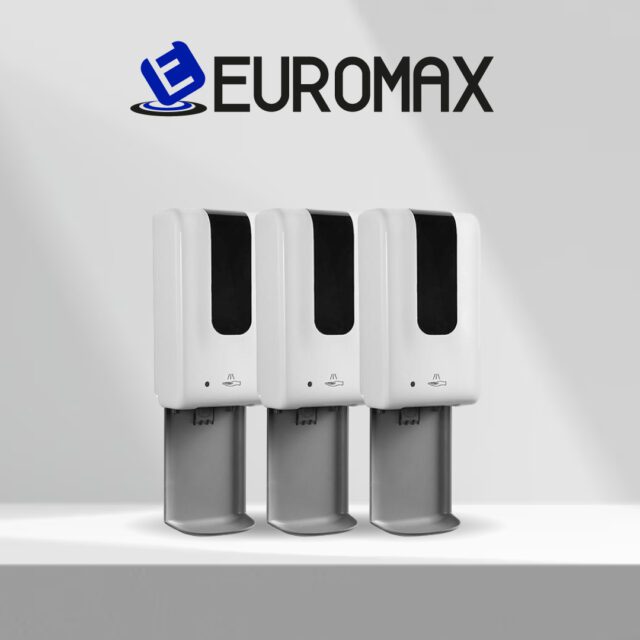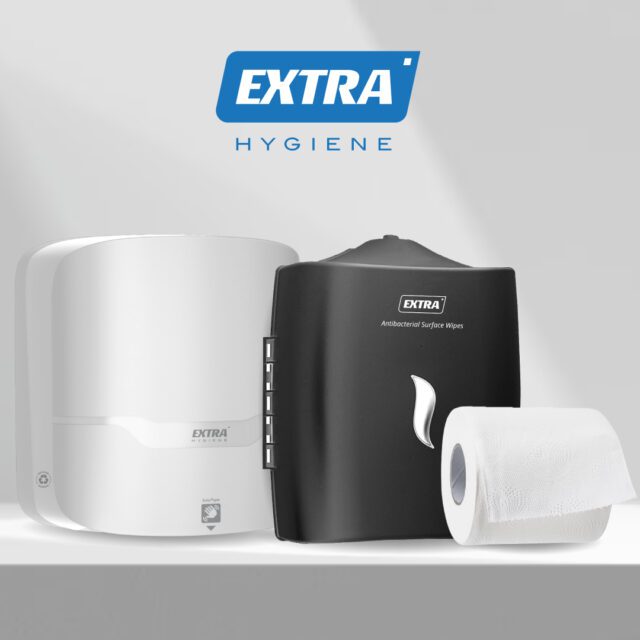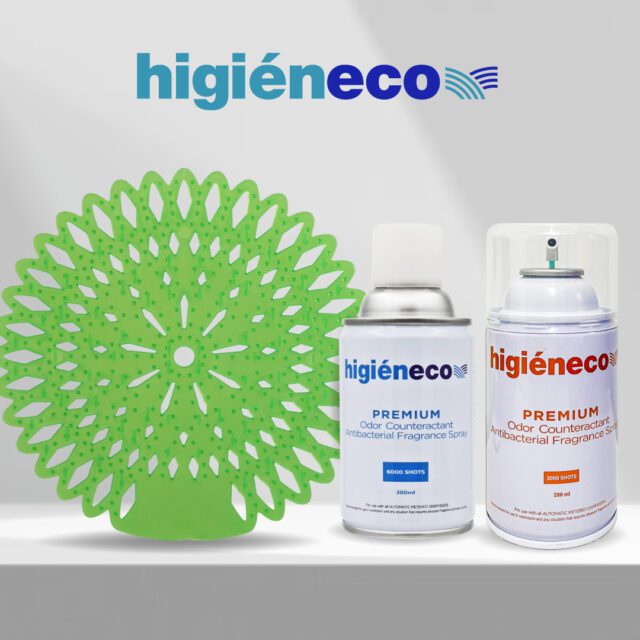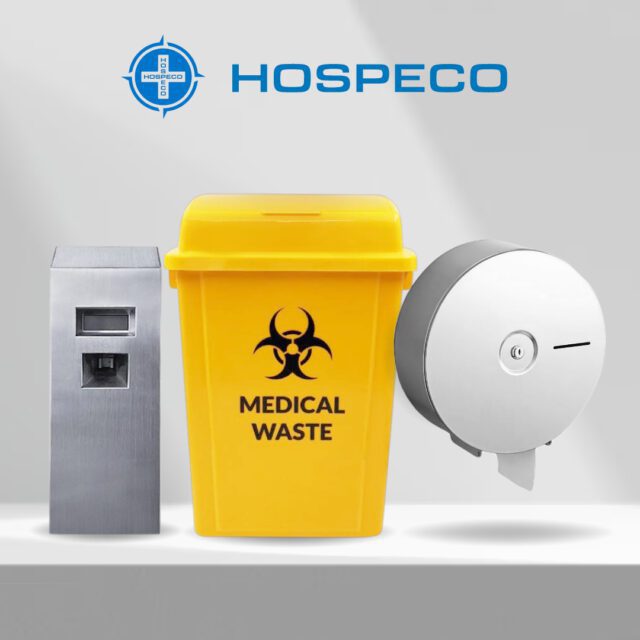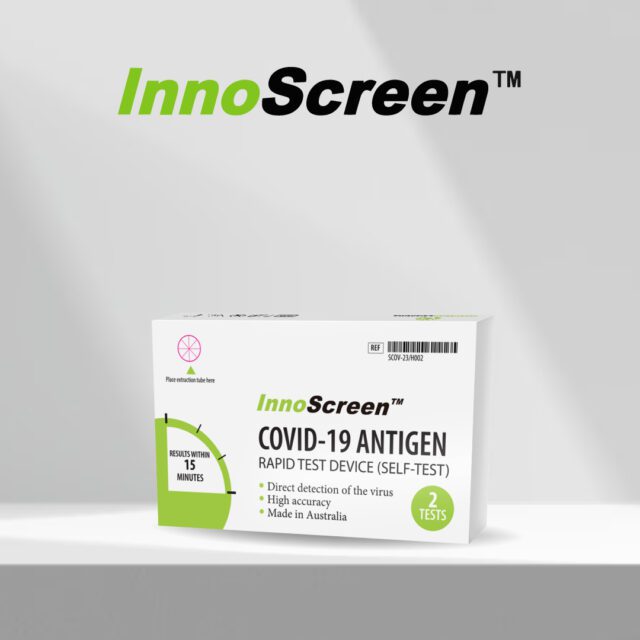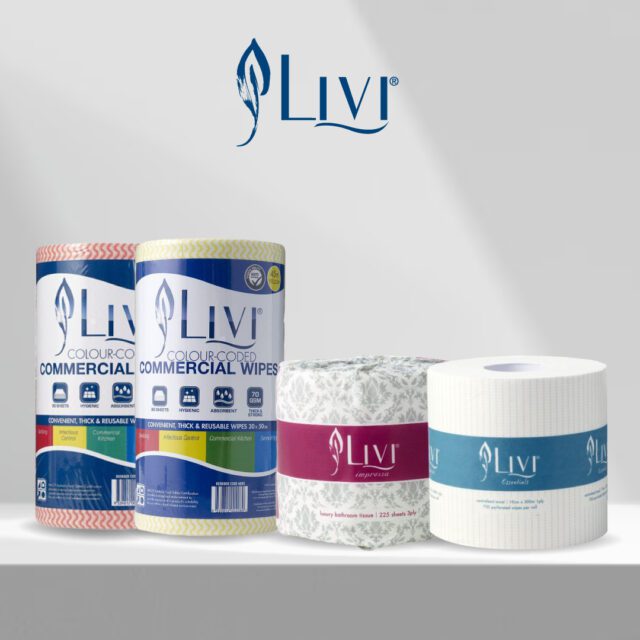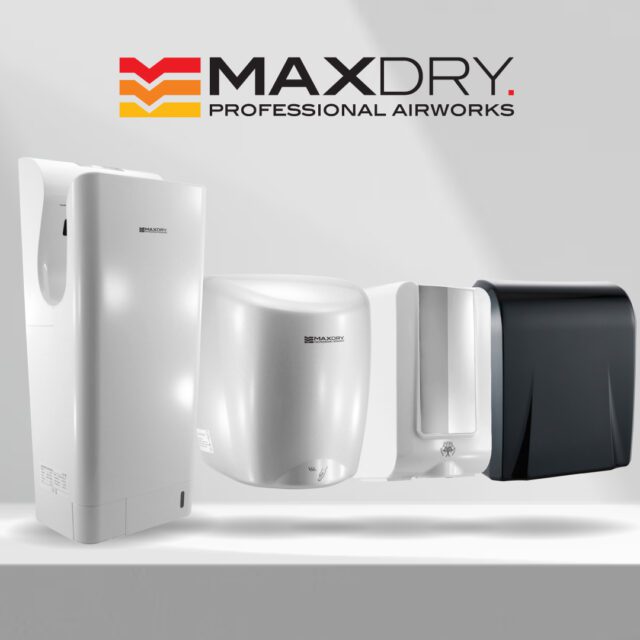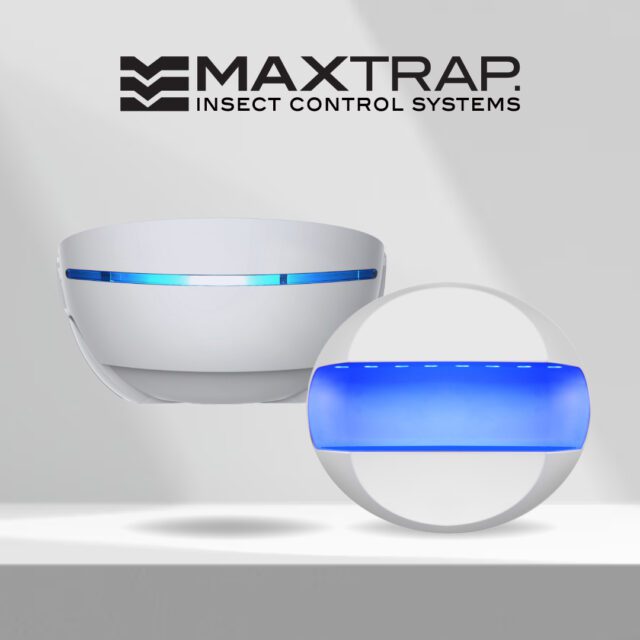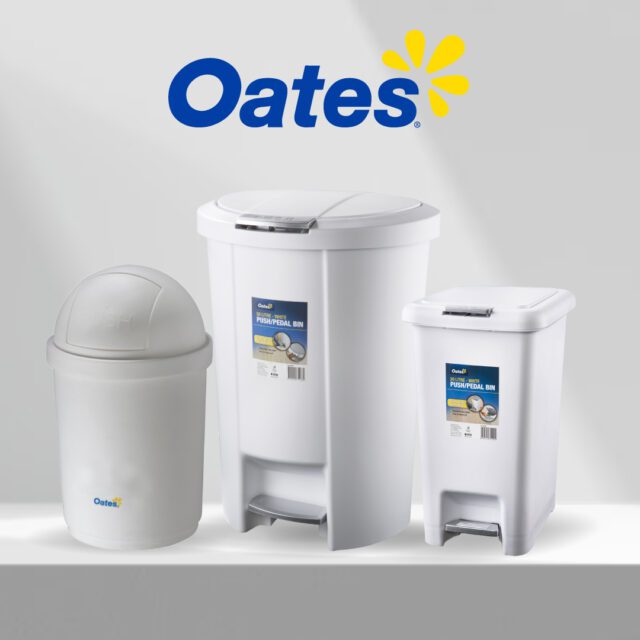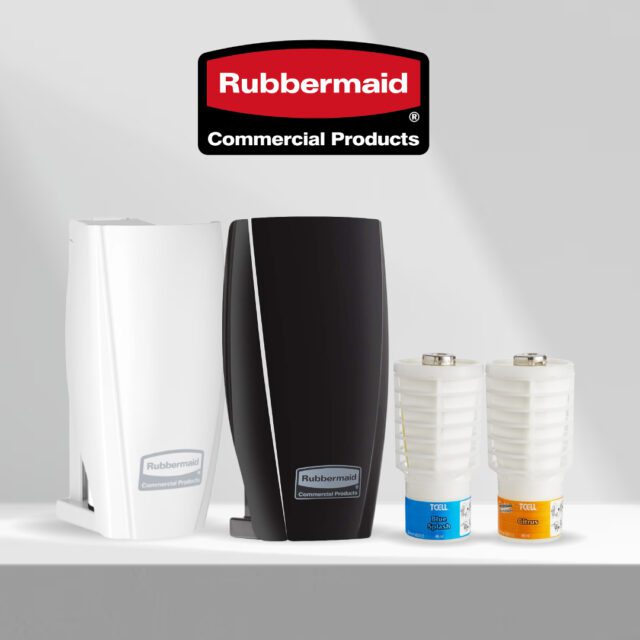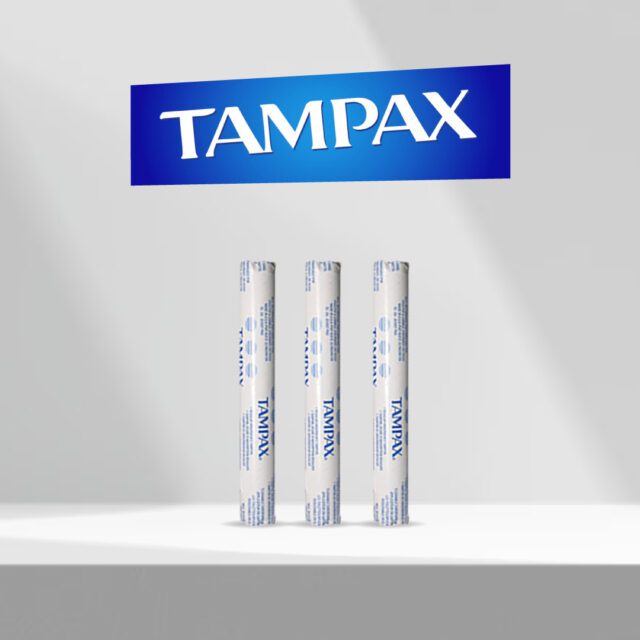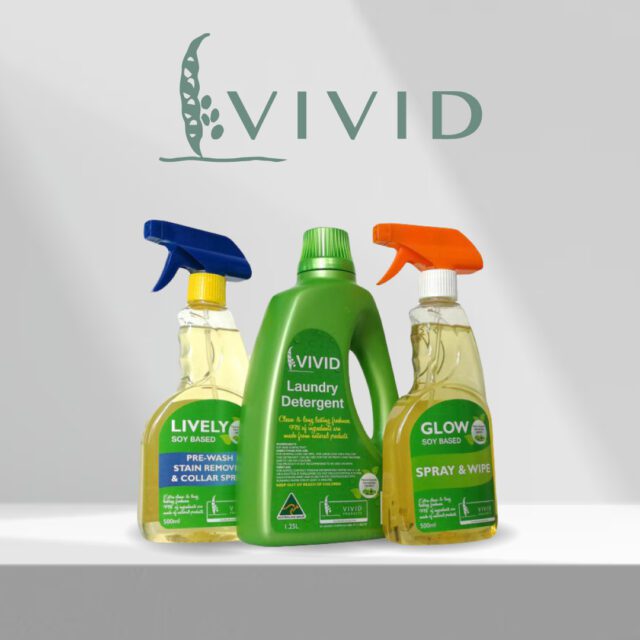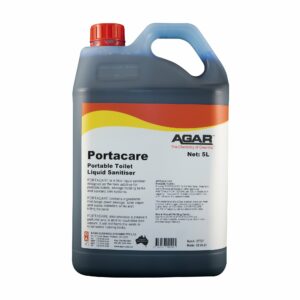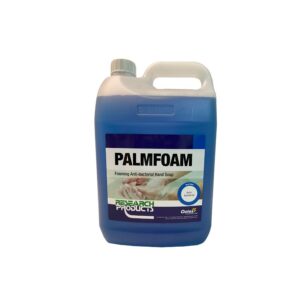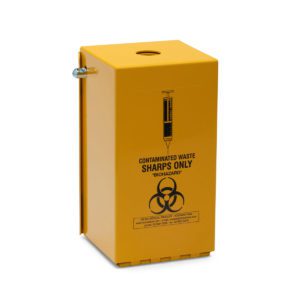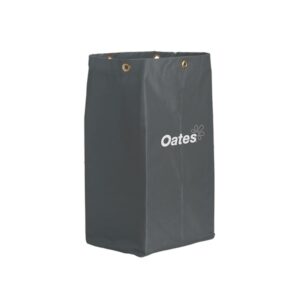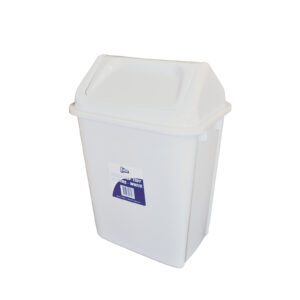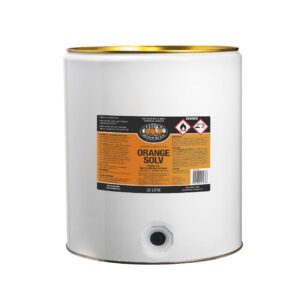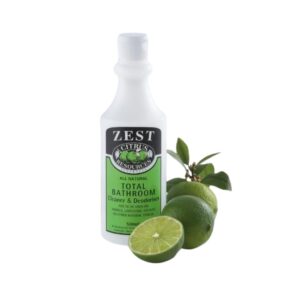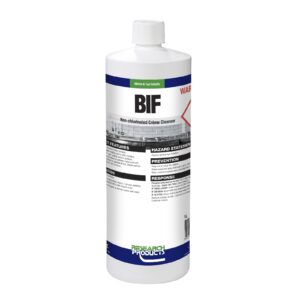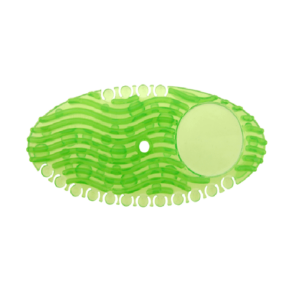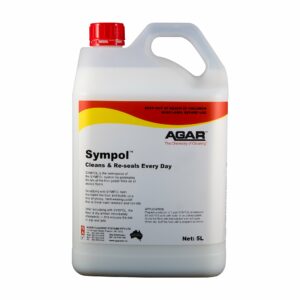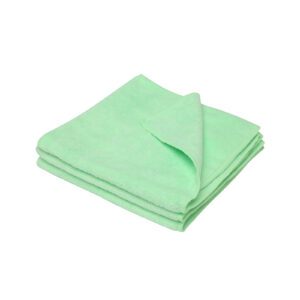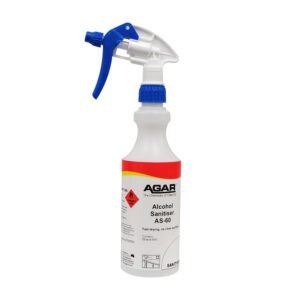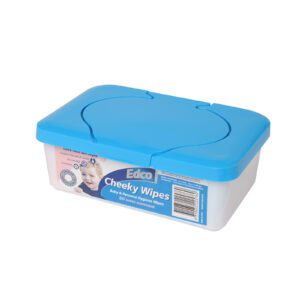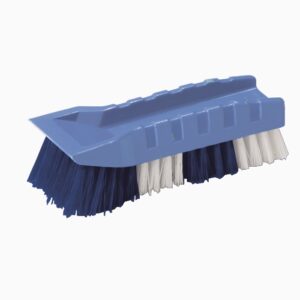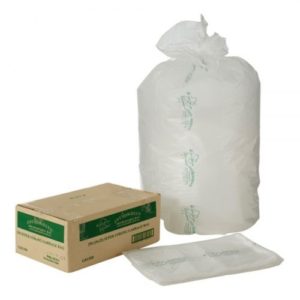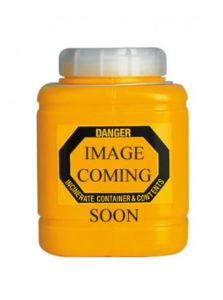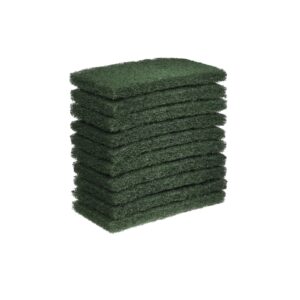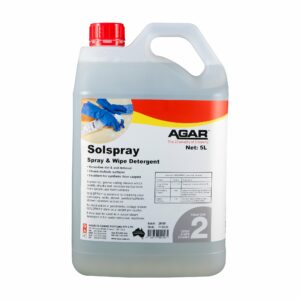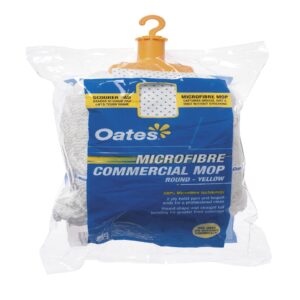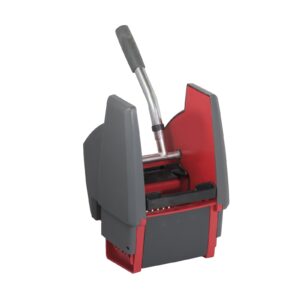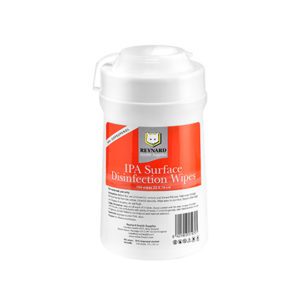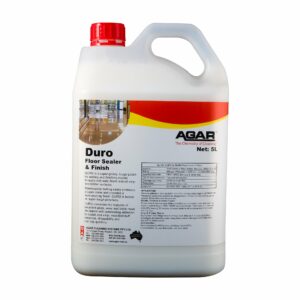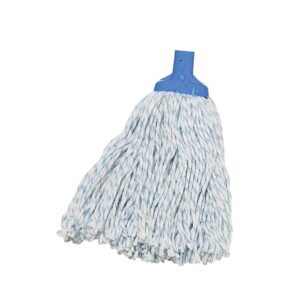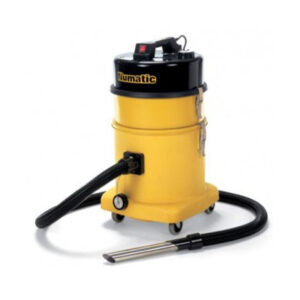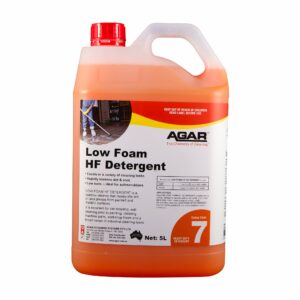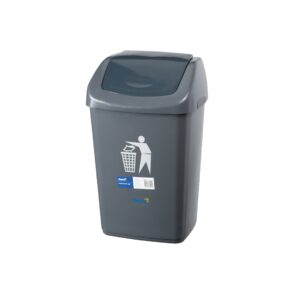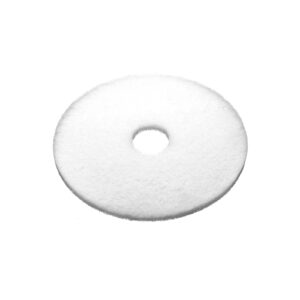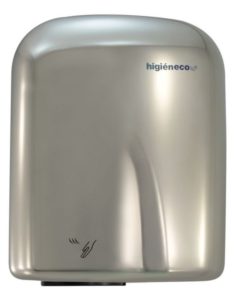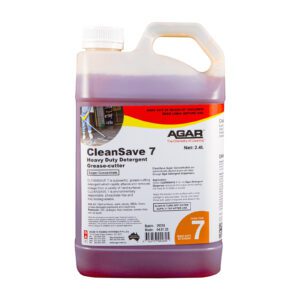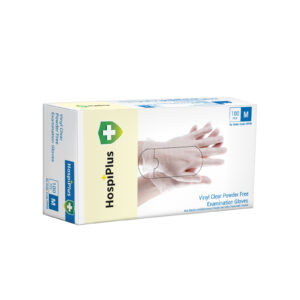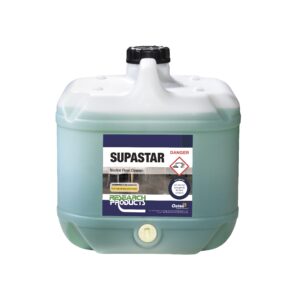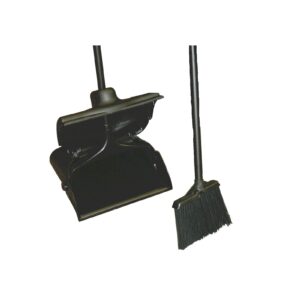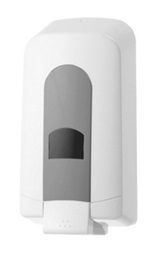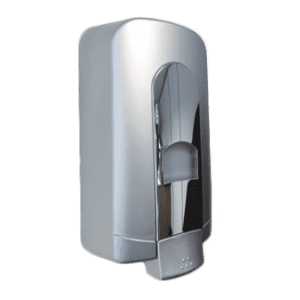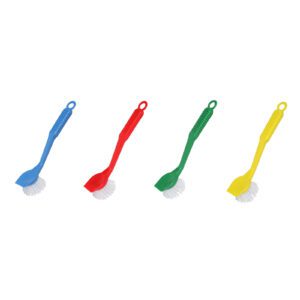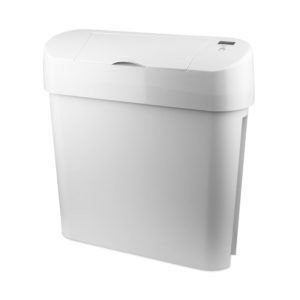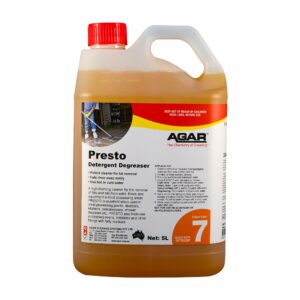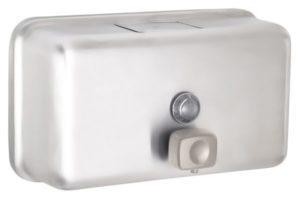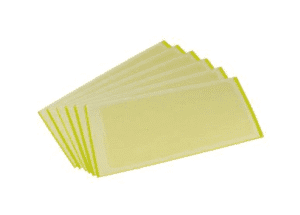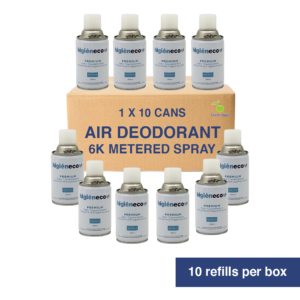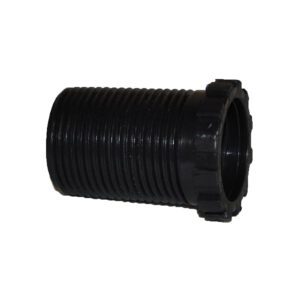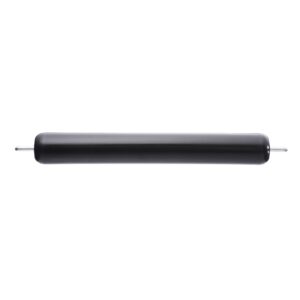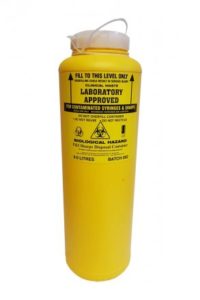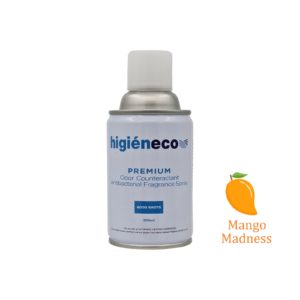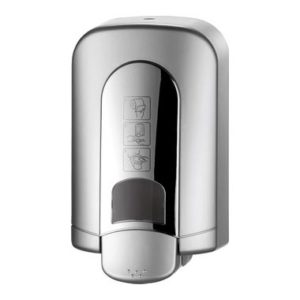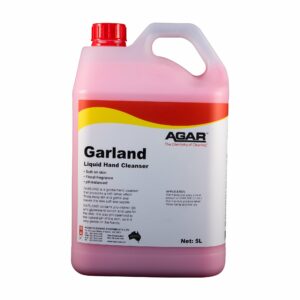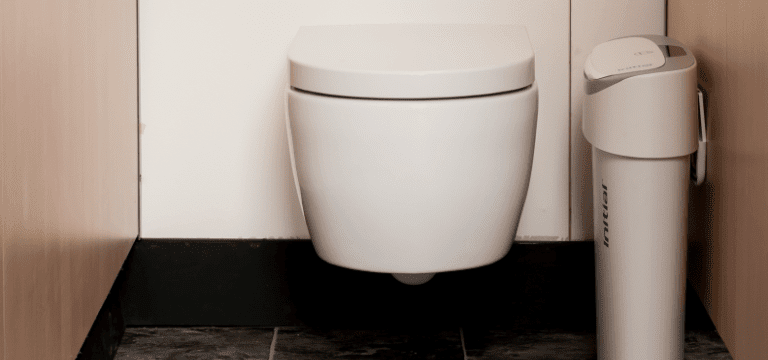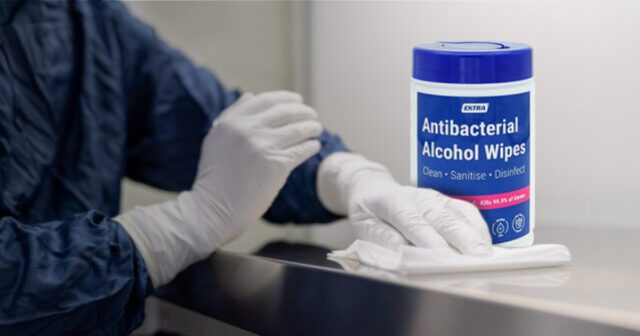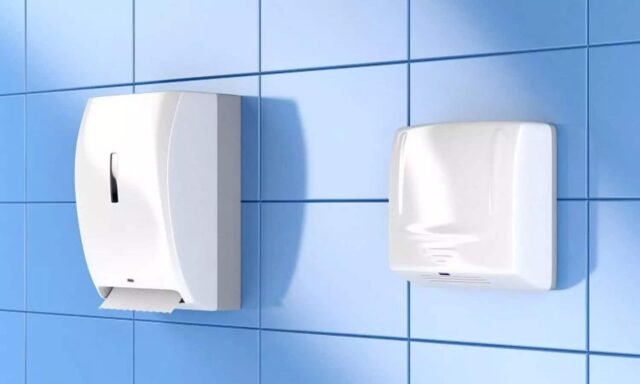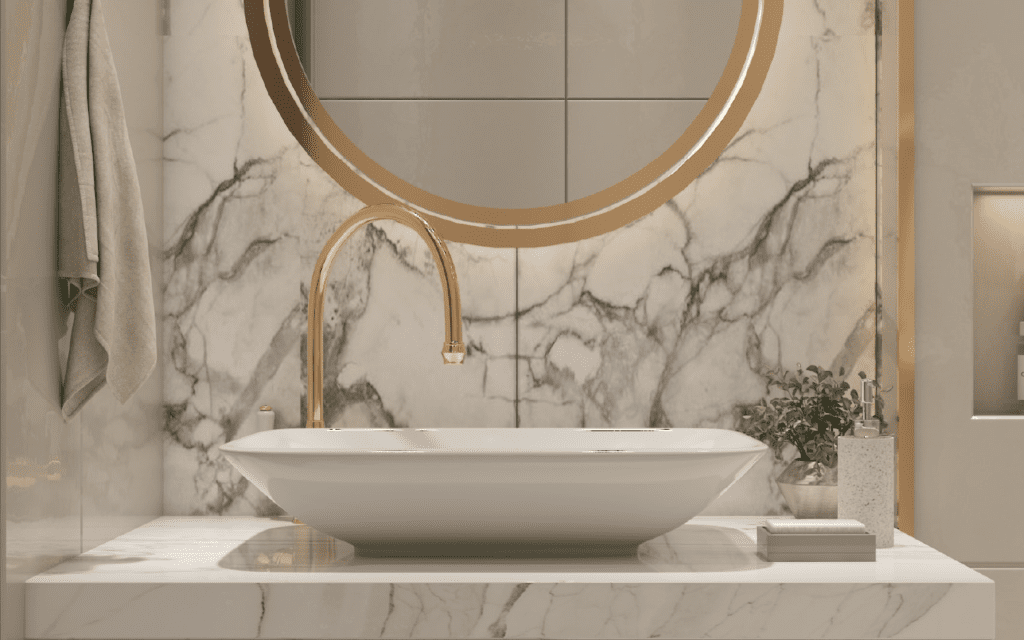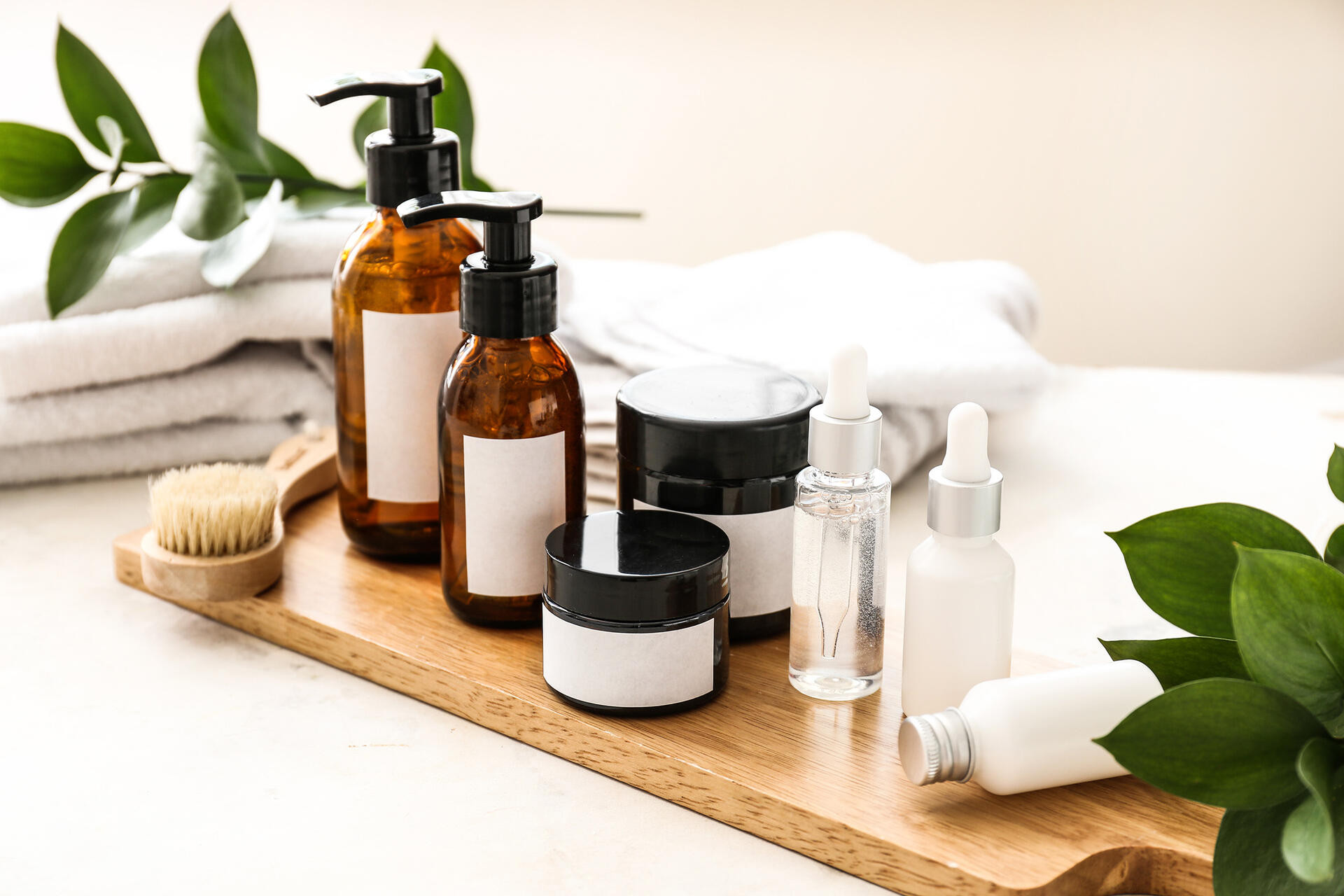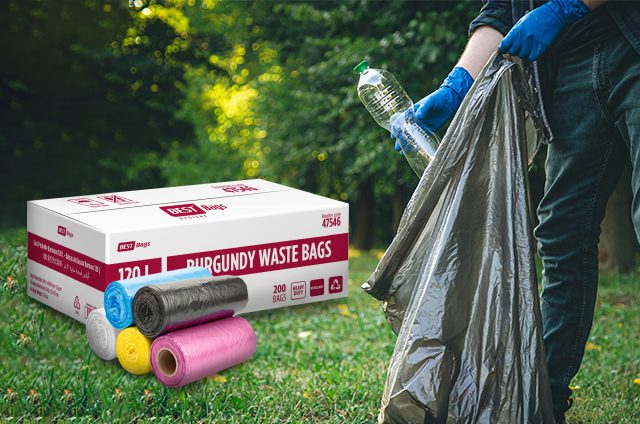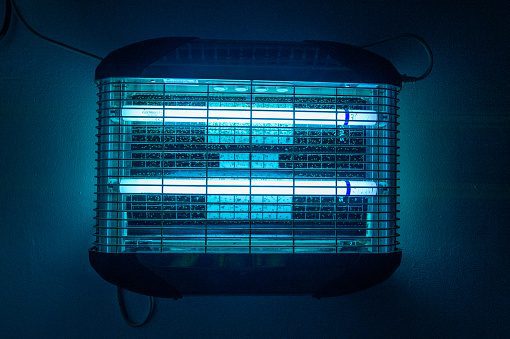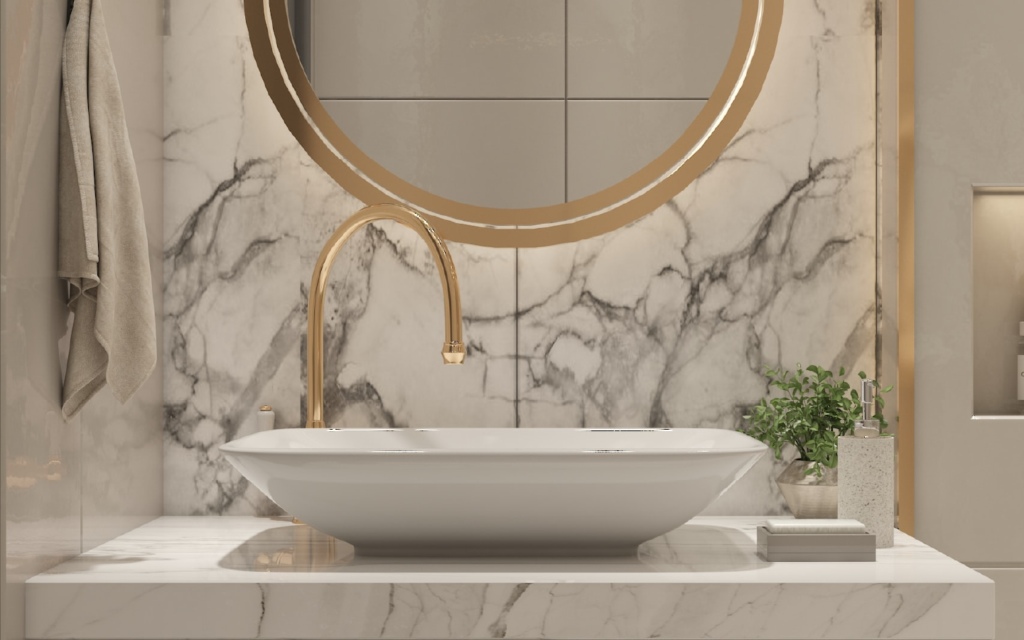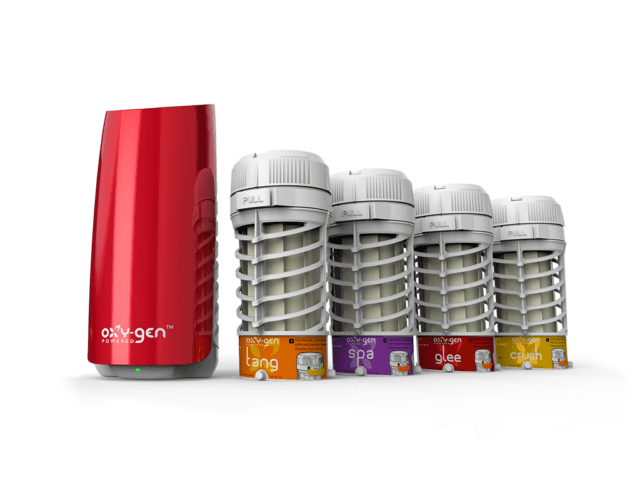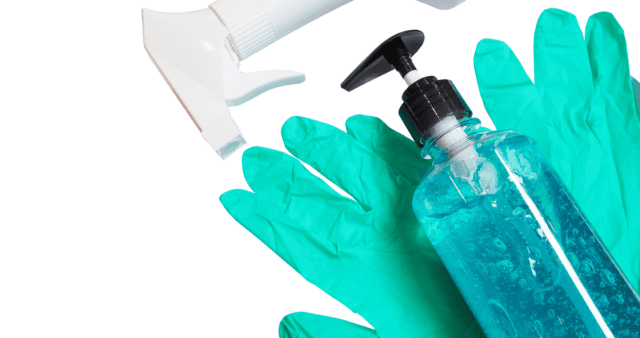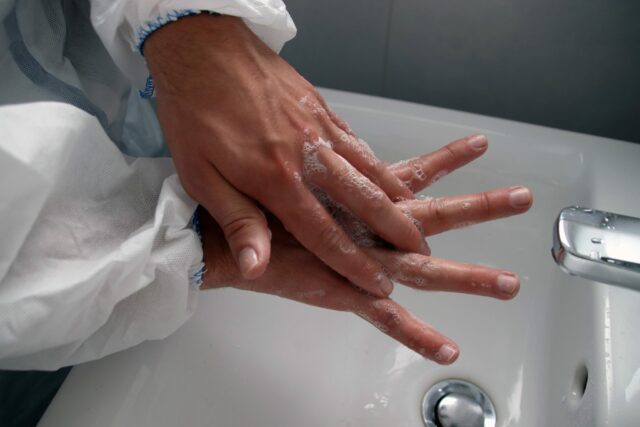Posted on 05/11/2021
How to Use UV Light To Trap Flies?
Insects are frequently more than just an annoyance in your establishment. They can pose a health danger, inflict significant damage to infrastructure and food supply, and result in harsh repercussions from local authorities if left unmanaged.
Consequently, insect and pest control solutions should be at the top of your essential services list, whether your company is brand new or already well-known, and whether it is a school, clinic, hospital, workplace, restaurant, or any other facility.
Some flying insect species, such as house flies, bluebottles, wasps, and mosquitoes, do see ultraviolet light, unlike humans. It has a strong attraction for these bugs in the 365-nanometer region in particular. This insight has been used in the indoor struggle against harmful flying insects for nearly two decades.
The use of UV light fly traps is one excellent technique to deal with them. Let’s quickly go over all of the details around this strategy and how it can assist your business with pest management.
The Effects Of Light On Insect Development And Behaviour
If you are wondering whether flies are attracted to UV light or not or why are flies attracted to UV light, here’s what you need to know. Insect behaviour and development are influenced by light in a range of methods that can be classified into numerous categories. Phototaxis is one of the most common responses to light. The following phototactic behaviours are seen in insects:
Attraction (i.e., moving toward a light source): This reaction can be used to trap pests, but the efficient wavelengths and intensities differ by species.
Repulsion (i.e., moving away from light); This response can be used to keep pests out of a cultivation area by displaying light at wavelengths and intensities that repel them.
Light intensity and wavelength, as well as mixtures of wavelengths, period of exposure, source of light direction, the contrast of light source strength, and colour to ambient light, all have a significant impact on these reactions to light. Furthermore, depending on the light source, the effect of light on insect behaviour fluctuates both qualitatively and quantitatively.
Are Fly Light Traps Effective?
Insects are known to fly toward street lamps or other forms of outdoor illumination at night. The engineering of electric insect killers is based on this natural phototactic tendency. The insect killers are primary outdoor fly control solutions, which are equipped with UV-emitting neon tubes, successfully attract insects such as moths and beetles and prevent them from entering greenhouses and businesses that are open at night. Pest control technology that uses the reactions of insects to light as a “clean” type of pest control that does not involve synthetic pesticides has sparked a lot of attention in recent years.
Moreover, for decades, ultraviolet fly light has been a tried and true method of pest control. Flies and other pests are drawn to the trap by the UV rays generated by the fly light trap lights. The flies are then either zapped, potentially causing them to implode and spray their body parts several feet from the zapper, or stuck in a layer of glue, based on whether the trap uses high-voltage electricity or sticky glue-boards. UV light for flies that use electricity will have a pan at the bottom to catch the pests that have died.
UV Light for Fly Tying Solutions Come in a Variety of Shapes and Sizes
- Wall mount
Fly light traps that are fixed on the wall are normally situated around 3-5 feet above the floor, which is the height at which flies typically travel. Companies in the hospitality and healthcare industries that require constant fly control benefit from this sort of fly light trap the most.
- Wall sconce
A wall sconce, like a wall-mounted fly light trap, is about 6 feet above ground level. These decorative fly light traps, on the other hand, are ideal for catching flies in high-traffic public and corporate facilities, such as restaurant entryways and hospital waiting rooms.
- Ceiling mount
Even though most flies are inactive at night, ceiling-mounted fly light traps can catch a variety of nighttime flying pests. These traps are typically set at least 8 feet off the ground or 6 inches above non-food inventory shelves. Ceiling-mounted fly light traps are preferable to wall-mounted traps in houses or offices with small hallways, mainly because they keep the flies away from eye level.
- Freestanding
Freestanding fly light traps give homeowner and business facility managers more options when it comes to pest control in a number of rooms. These traps are usually lightweight and can be relocated between shelves and countertops, depending on the severity of the infestation. When using portable traps, however, extra care is required. Portable fly light traps, if put carelessly, can attract unwanted pests to high-traffic areas.
For nearly two decades, fly light traps, also known as insect light traps (ILTs), have been utilized as a type of pest control. These traps are especially effective in commercial places where a big number of flies can cause problems, such as restaurants, hospitals, and nursing homes.
If you are struggling with insect control in your facility now is the right time to put these solutions to the test. The good news is you have already landed on the right page.
Hospeco offers competitive Hygiene products in Australia, including UV light Sticky Glue Board Insect Trap, that will ensure an insect-free environment for your facility. Hurry up to check our website for details and make your purchase today!

